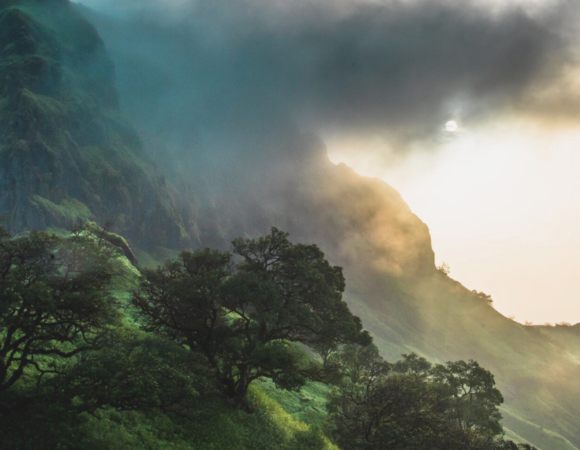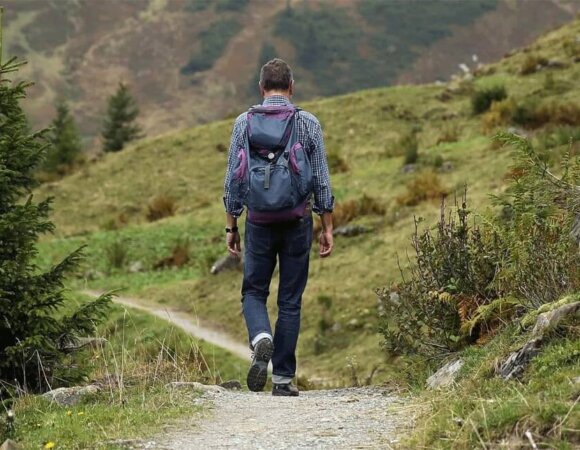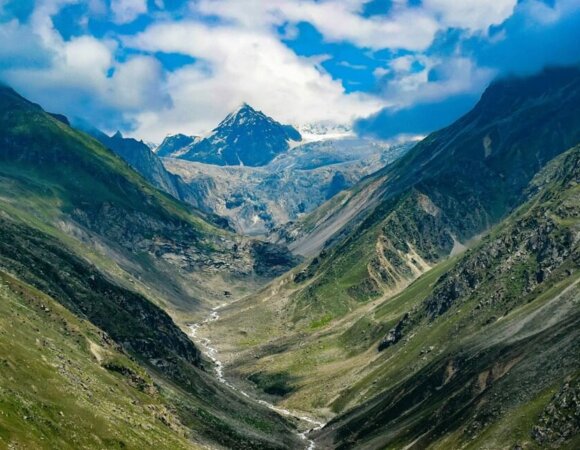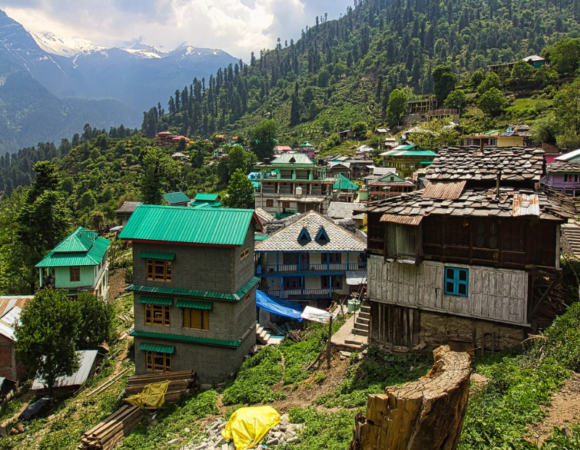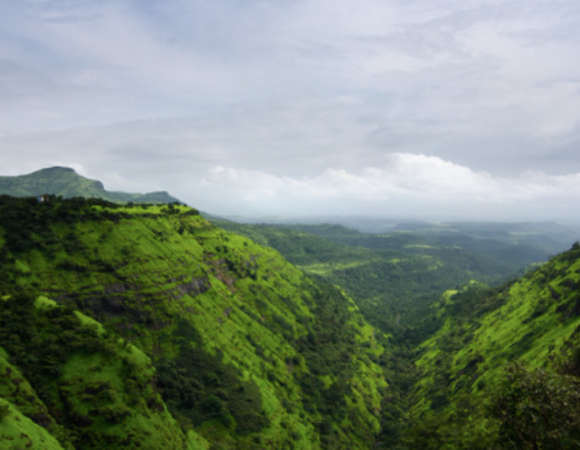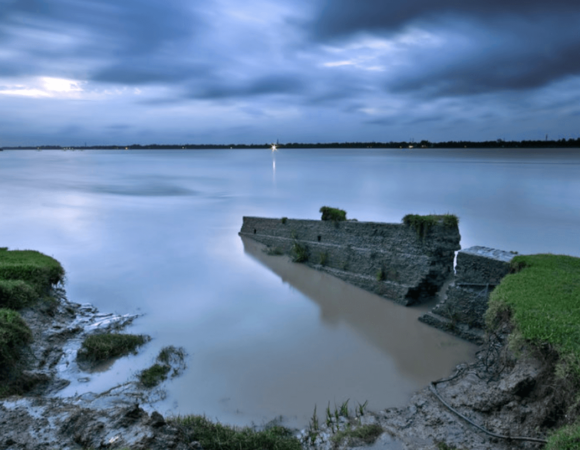Why Protecting Glaciers Matters More Than Ever
As I stood at the edge of the Gangotri Glaciers last summer, watching meltwater carve new paths through ancient ice, I couldn’t help but wonder: How much longer will these frozen giants endure? For thousands of years, glaciers have sculpted our planet’s most magnificent landscapes, creating the breathtaking vistas that draw trekkers and adventurers from around the world. Yet today, these majestic rivers of ice are disappearing at an alarming rate, threatening not just our favorite trekking routes but the very future of our planet.
Table of Contents
Toggle“Ice has a memory. It remembers all those who have walked upon it, and all those who have breathed near it.” – Inuit prover
What Are Glaciers?

Glaciers are massive bodies of dense ice that form over centuries as snow accumulates, compresses, and recrystallizes. Unlike seasonal snowfall that melts away each spring, glaciers are persistent year-round features that flow slowly under their own weight.
The formation of a glacier is a testament to time’s patience. It begins when more snow falls in winter than melts in summer. As layers of snow pile up, the weight compresses the bottom layers, squeezing out air bubbles and transforming fluffy snow into the dense, blue ice characteristic of glaciers. This process can take decades or even centuries.
Glaciers come in various forms, with two main types dominating our planet:
- Valley glaciers flow down mountain valleys, carving U-shaped passages through the landscape. These are the glaciers most trekkers encounter on high-altitude expeditions in places like the Himalayas, Alps, and Andes.
- Continental glaciers (or ice sheets) cover vast land areas, like those in Greenland and Antarctica, spreading outward from a central point and reshaping entire continents.
In high-altitude ecosystems like the Himalayas, glaciers serve as the backbone of the environment. They act as natural water towers, releasing meltwater during warmer months and providing a reliable water source for countless species and human communities downstream.
Why Are Glaciers Important?
Freshwater Reservoirs
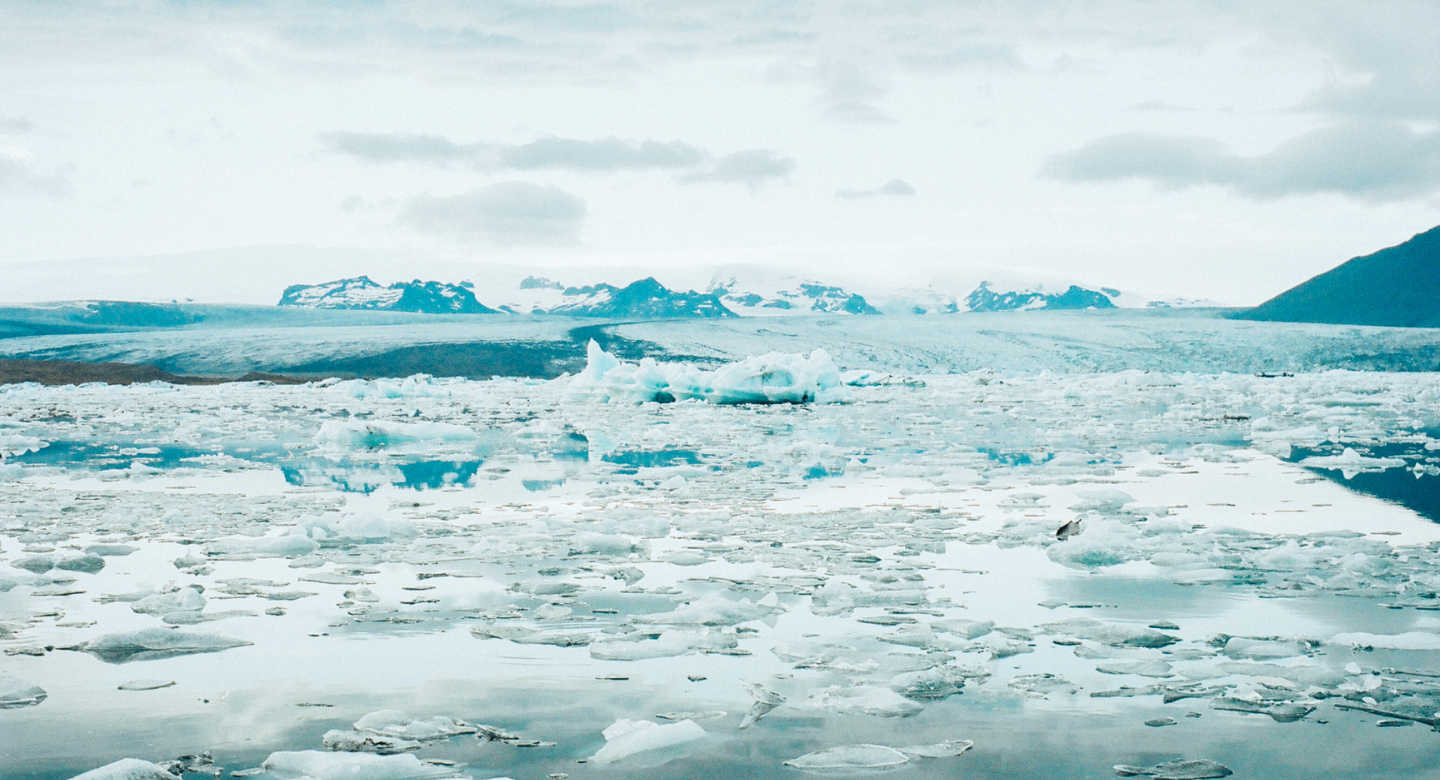
Perhaps glaciers’ most crucial role is as Earth’s frozen water banks. Though they cover only about 10% of the planet’s land surface, glaciers hold nearly 69% of Earth’s freshwater. To put this in perspective: if all glaciers melted, sea levels would rise by about 70 meters (230 feet), dramatically altering coastlines worldwide.
For regions like the Indian subcontinent, Himalayan glaciers are literal lifelines. The meltwater from these frozen giants provides drinking water for millions and irrigates farmlands across multiple countries.
Regulators of River Systems
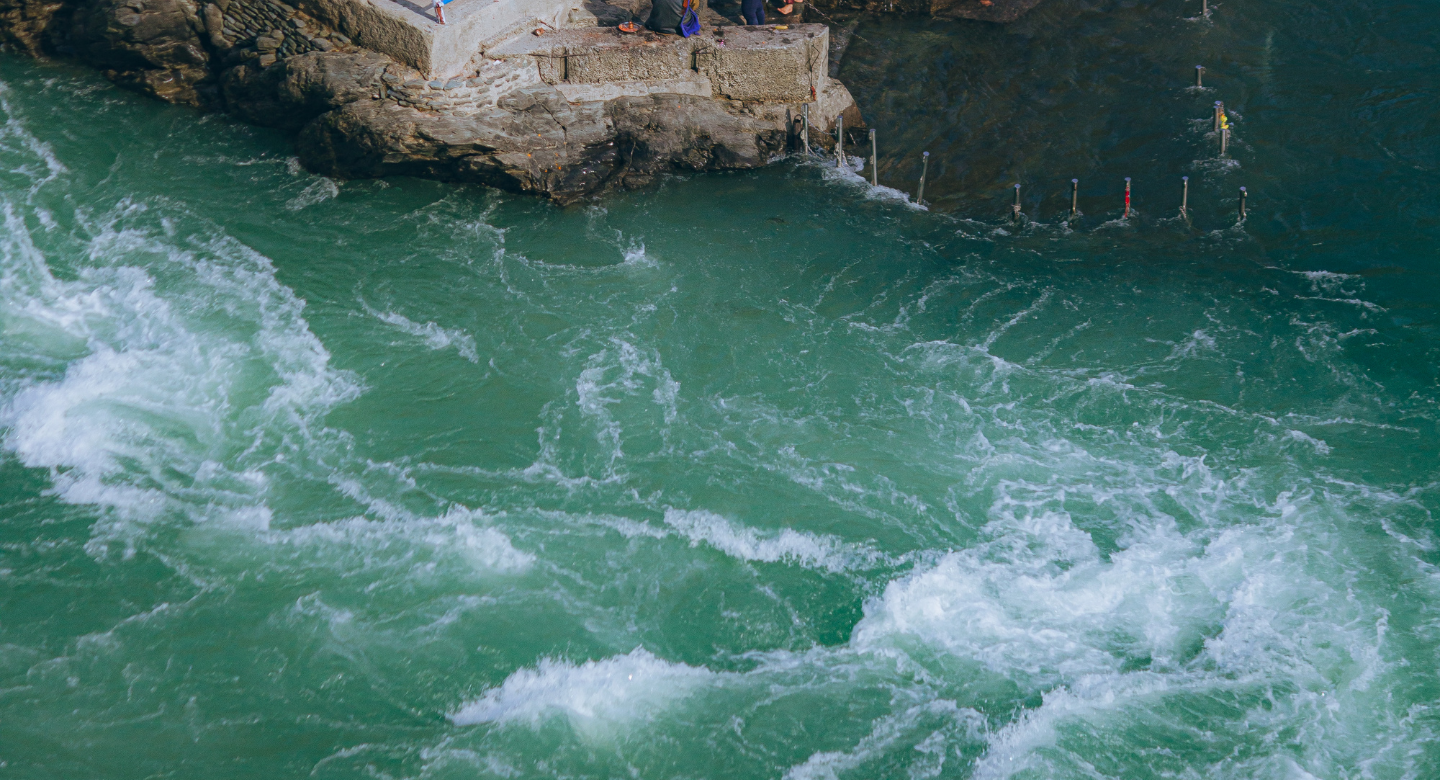
Major river systems across Asia—including the Ganges, Brahmaputra, Yangtze, and Indus—begin their journeys as glacial meltwater. These rivers sustain the livelihoods of more than a billion people across multiple countries.
What makes glaciers particularly valuable is their natural timing. They release more water during summer months when rainfall may be scarce, creating a natural regulation system that maintains river flow year-round. Without this glacial contribution, many rivers would run dry during critical dry seasons, devastating agriculture and water access.
Climate Regulators

Glaciers help regulate Earth’s temperature through the albedo effect—their white surfaces reflect sunlight back into space rather than absorbing it as heat. As glaciers melt and retreat, darker land or water surfaces are exposed, absorbing more solar radiation and further warming the planet in a dangerous feedback loop.
The cold meltwater from glaciers also influences ocean currents and weather patterns. The Gulf Stream, which moderates Europe’s climate, depends partly on the temperature balance maintained by glacial systems.
Support for Biodiversity
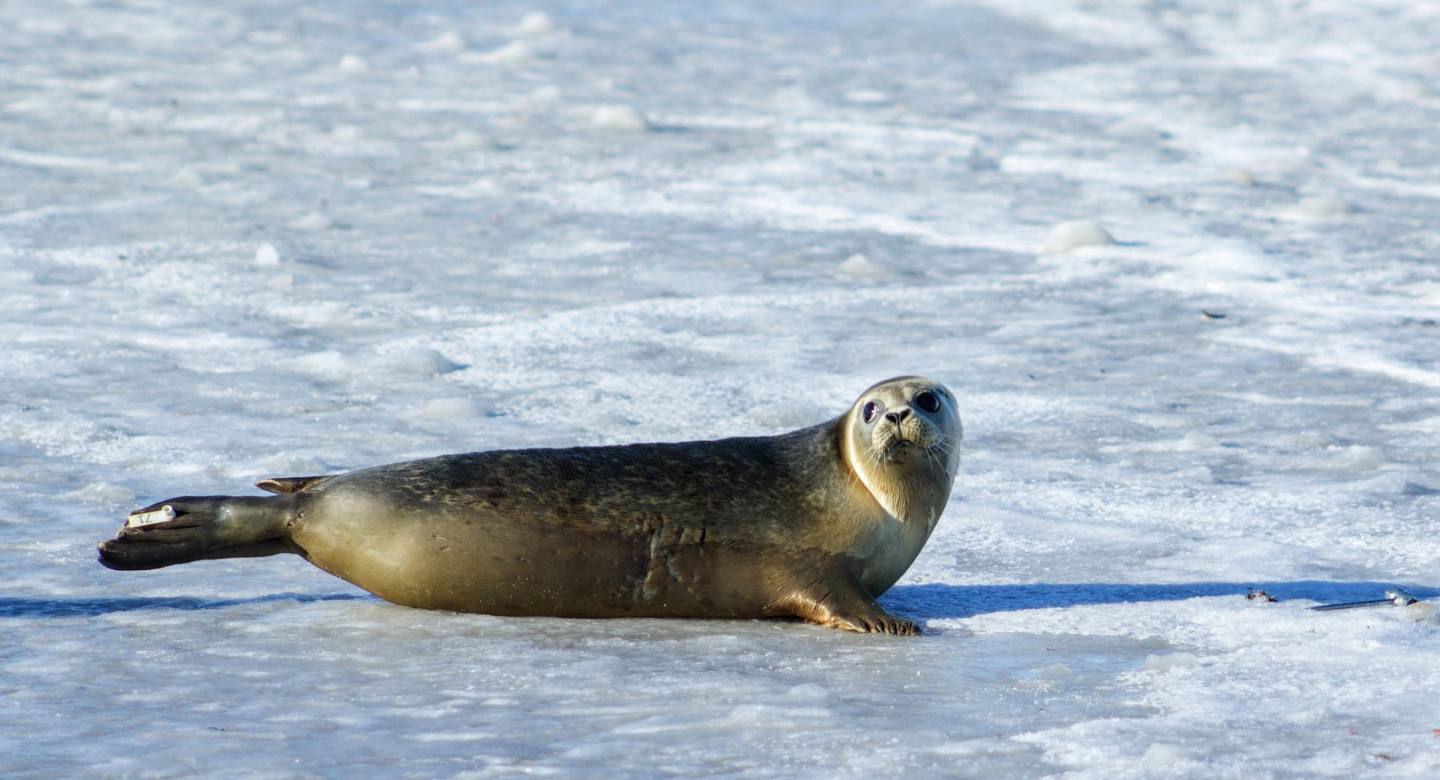
Glacial environments host unique ecosystems adapted to extreme conditions. Specialized microorganisms live within the ice itself, while meltwater streams support distinct communities of plants and animals found nowhere else on Earth.
Beyond their immediate surroundings, glaciers provide essential water to downstream ecosystems. The seasonal pulse of glacial meltwater shapes river habitats and supports countless species, from high-altitude wildflowers to snow leopards and mountain goats.
Cultural and Spiritual Significance

For many indigenous and traditional communities, glaciers are sacred entities. In India, the Gangotri Glacier is revered as the source of the holy Ganges River, while Andean communities have worshipped ice-covered peaks for generations.
Glaciers feature prominently in the folklore, art, and spiritual practices of mountain peoples worldwide. These frozen landscapes have shaped human imagination and inspired spiritual journeys for millennia.
The Threat: Why Glaciers Are Melting
Climate Change & Global Warming
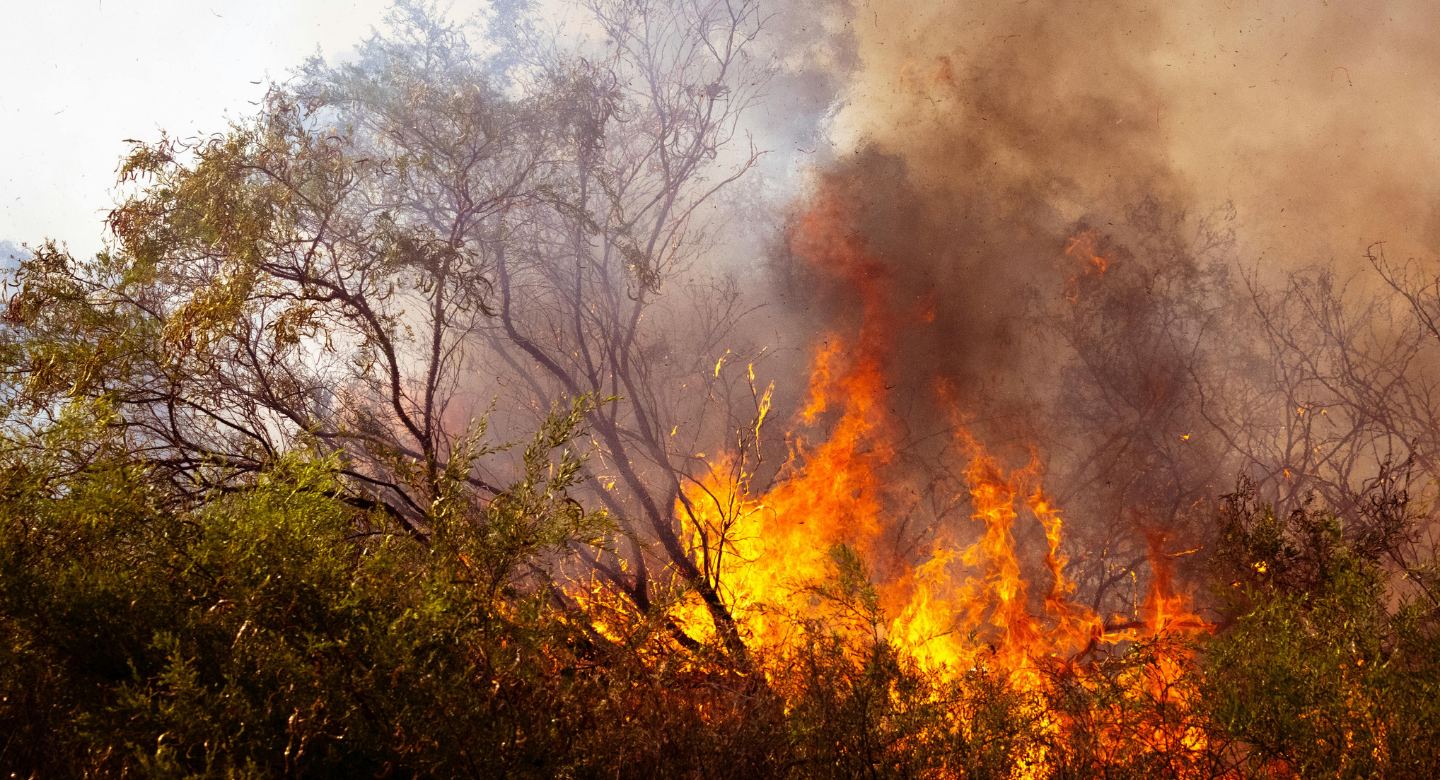
The primary threat to glaciers worldwide is human-caused climate change. As global temperatures rise, glaciers melt faster than new snow can replenish them. The science is sobering:
- Himalayan glaciers have lost roughly 40% of their area since the 1980s
- The rate of ice loss has doubled in the last two decades compared to the previous century
- Some smaller glaciers in lower altitude ranges have disappeared entirely
A comprehensive study by the International Centre for Integrated Mountain Development (ICIMOD) warns that even if global warming is limited to 1.5°C (the ambitious goal of the Paris Agreement), the Himalayas will still lose one-third of their ice by 2100. Under current trajectories, that figure rises to two-thirds.
Black Carbon and Pollution
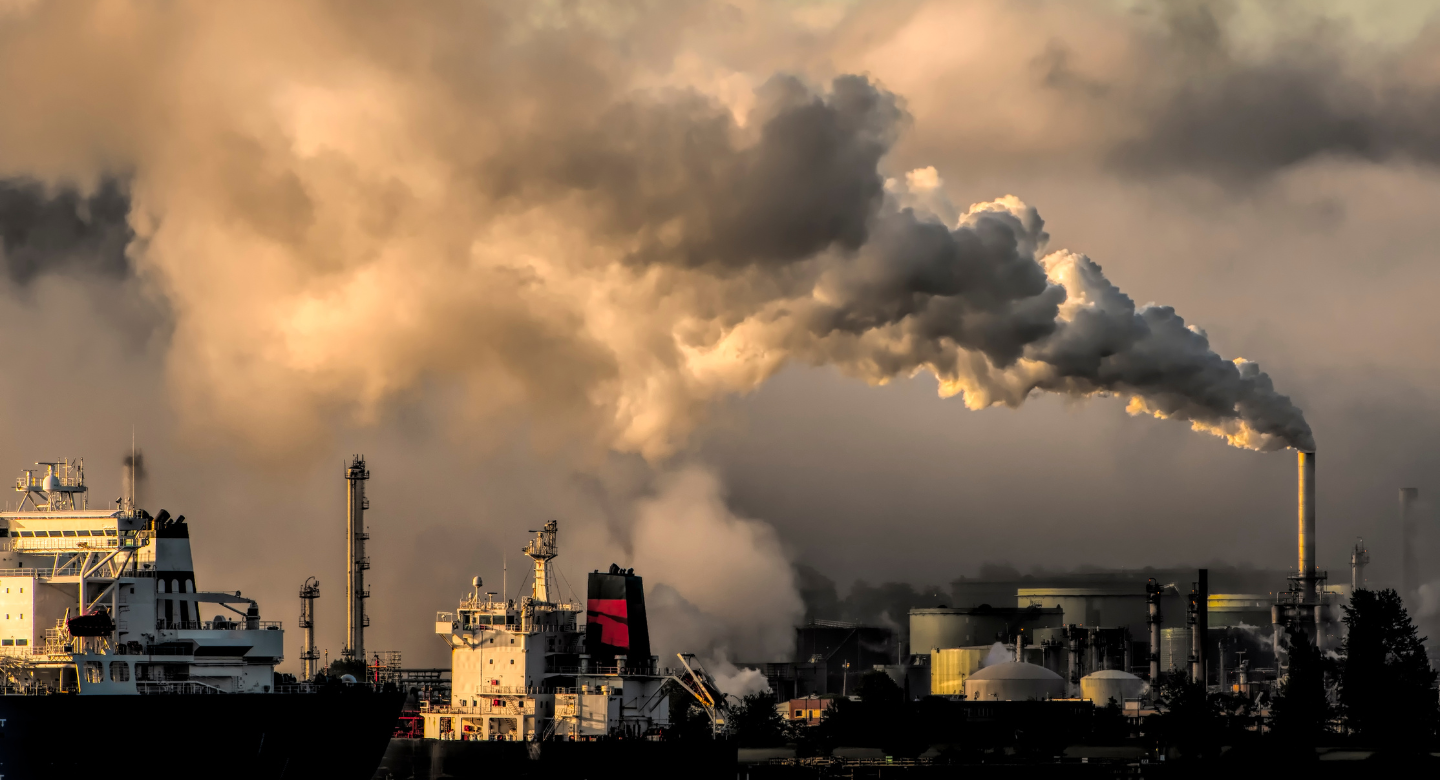
While global warming is the main culprit, local pollution accelerates the problem. Black carbon—fine soot particles from diesel engines, coal plants, forest fires, and even cooking stoves—settles on glacier surfaces, darkening the ice and diminishing its reflective properties.
This darker ice absorbs more solar radiation, creating a localized heating effect that can speed up melting by up to 20%. In regions like the Himalayas, where population centers exist near glaciated areas, this effect is particularly pronounced.
Over-tourism and Unregulated Trekking
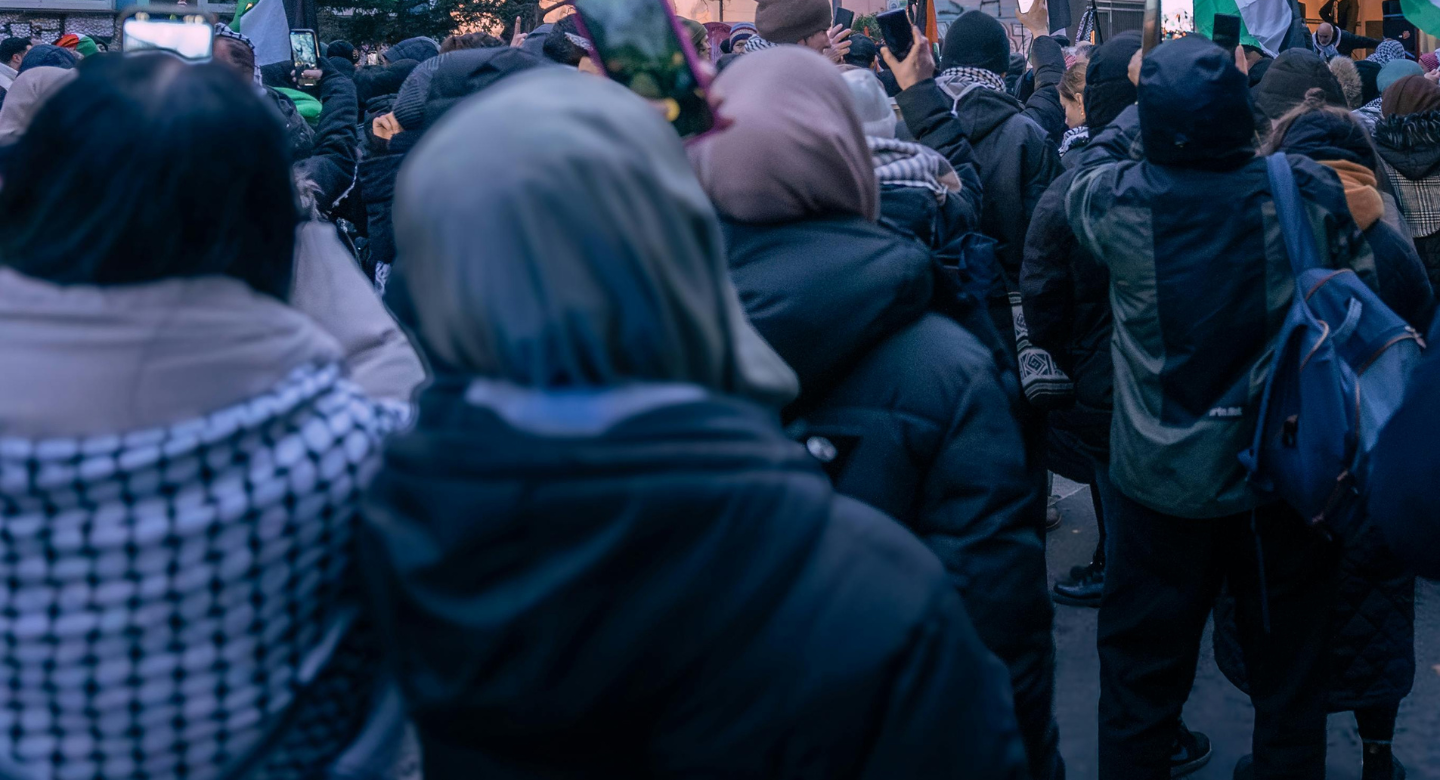
The popularity of glacier trekking has exploded in recent decades, bringing both economic benefits and environmental challenges to mountain regions. Each year, thousands of trekkers visit glaciers worldwide, and not all practice responsible tourism:
- Waste left on trails and campsites contaminates pristine environments
- High-volume foot traffic damages fragile alpine vegetation
- Local infrastructure development to accommodate tourism often increases fossil fuel use and pollution
Without proper regulation and education, even well-intentioned trekkers can contribute to the problems facing these delicate ecosystems.
Why Should We Protect Glaciers?
Sustainable Water Supply
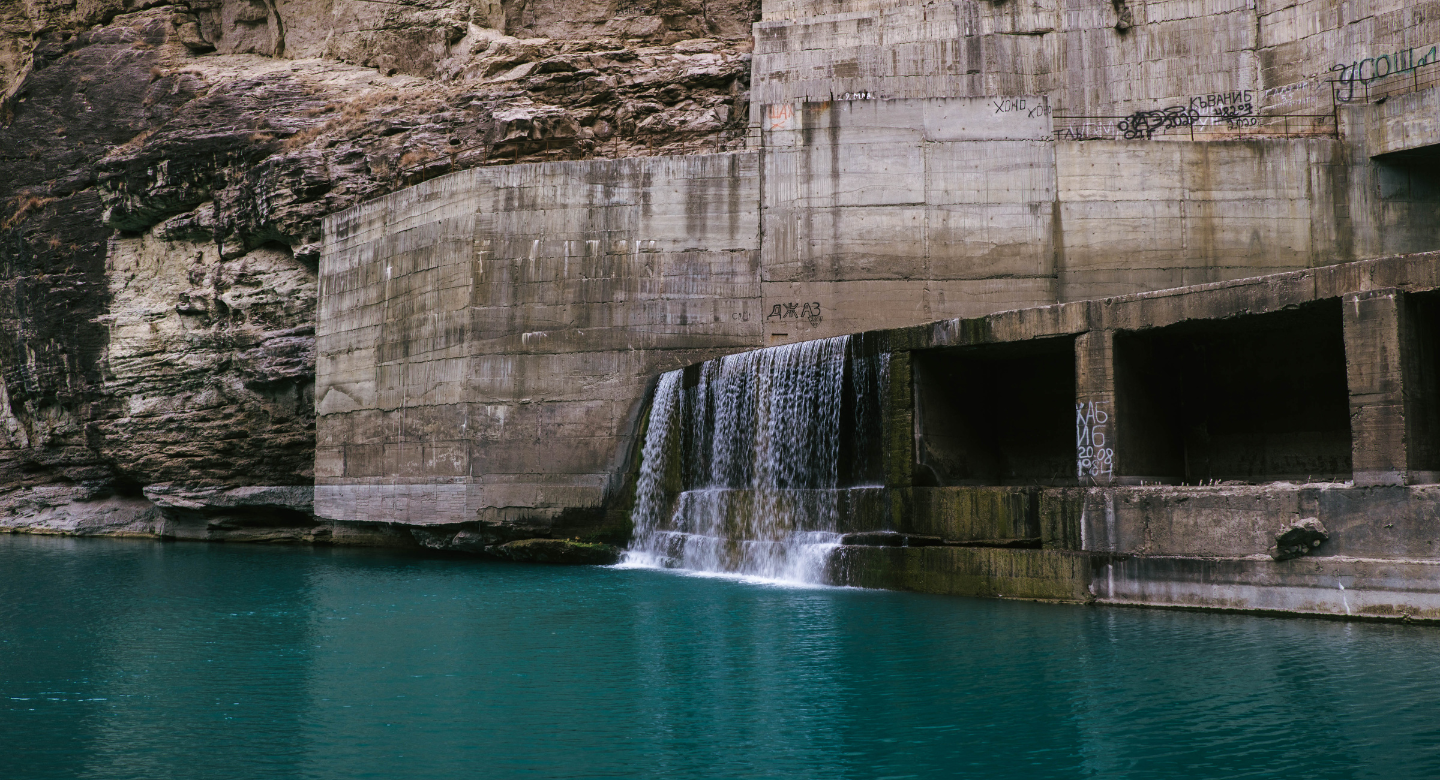
The water security of billions depends on healthy glacier systems. Over 800 million people in South Asia rely on glacial meltwater for drinking, sanitation, agriculture, and hydropower. As glaciers shrink, these water supplies become increasingly unreliable, threatening food production and human well-being across vast regions.
Prevention of Natural Disasters
Melting glaciers create new hazards in mountain regions. As ice retreats, it often forms glacial lakes held back by unstable natural dams of rock and debris. When these dams fail, they trigger Glacial Lake Outburst Floods (GLOFs) that can devastate downstream communities with little warning.
In recent years, the Himalayan region has experienced dozens of these catastrophic events, causing loss of life and destruction of infrastructure. Proper glacier monitoring and protection are essential for disaster risk reduction.
Future of Trekking and Mountain Exploration
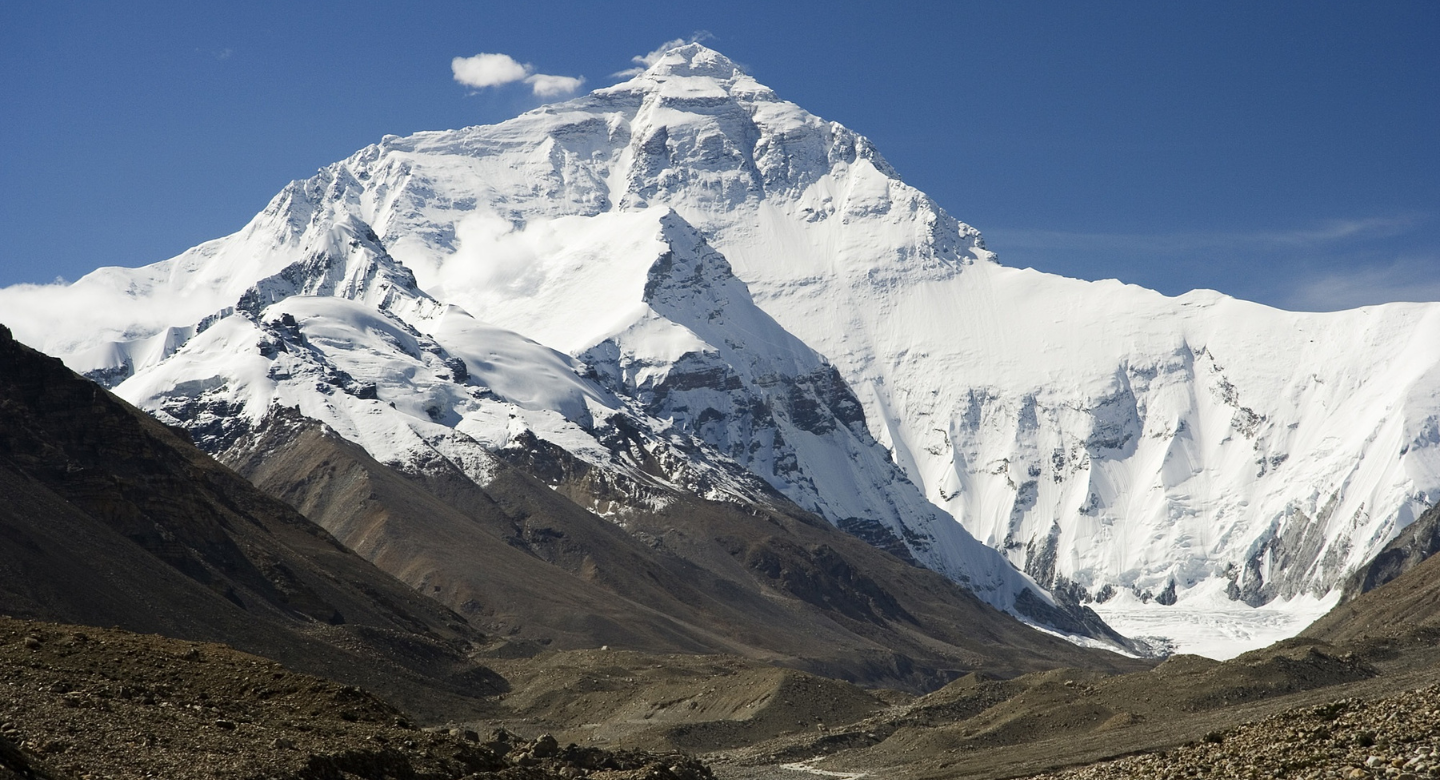
For those of us who cherish mountain adventures, glacier retreat fundamentally alters the landscapes we love. Classic trekking routes are disappearing or becoming more dangerous as ice melts and terrain destabilizes. Famous glacier crossings that were safe decades ago now require specialized equipment or have become impassable.
By protecting glaciers today, we preserve these extraordinary environments for future generations of adventurers and nature lovers.
Indigenous Cultures and Ecosystem Balance
Many indigenous communities have developed their cultural identities in relationship with glaciated landscapes. As glaciers disappear, these cultures lose not just physical resources but spiritual touchstones central to their worldviews.
Meanwhile, the delicate balance of mountain ecosystems depends on the reliable water source that glaciers provide. From high-altitude wildlife to lowland river systems, countless species have evolved in relationship with glacial patterns that are now rapidly changing.
Moral Responsibility
As trekkers and outdoor enthusiasts who directly benefit from access to these magnificent landscapes, we have a particular responsibility to protect them. Our appreciation for mountain environments should translate into active stewardship, especially when our recreational activities potentially impact the very places we cherish.
How Trekkers and Outdoor Communities Can Help
Follow Sustainable Trekking Practices
The principles of Leave No Trace provide an excellent framework for minimizing our impact:

- Plan ahead and prepare thoroughly to avoid emergency situations that might require resource-intensive rescues
- Travel and camp on durable surfaces, staying on established trails to prevent vegetation damage
- Dispose of waste properly—pack out all trash, including toilet paper and hygiene products
- Leave what you find, resisting the urge to take “souvenirs” from fragile ecosystems
- Minimize campfire impacts by using a lightweight stove for cooking
- Respect wildlife by observing from a distance and never feeding animals
- Be considerate of other visitors and local communities
Beyond these basics, consider upgrading to eco-friendly trekking gear. Modern alternatives like solar chargers, biodegradable soap, and reusable water purification systems can significantly reduce your environmental footprint.
Spread Awareness
Knowledge is the foundation of conservation. As trekkers who witness glacial changes firsthand, we can be powerful messengers:
- Share factual information about glacier retreat on social media
- Document changes you observe on repeat visits to the same locations
- Engage fellow trekkers in thoughtful conversations about climate impacts
- Support science communication that makes glacier research accessible to the public
Consider starting a blog or photo series documenting changes in your favorite glaciated areas over time. Personal testimonies often resonate more deeply than scientific reports alone.
Volunteer for Clean-up Drives
Numerous organizations coordinate high-altitude clean-up expeditions that combine adventure with environmental service:

- The Himalayan Climate Initiative organizes regular clean-ups on popular trekking routes
- The Mountain Institute’s “Cleaning the World’s Highest Mountains” program focuses on removing waste from glacier basecamps
- Local trekking associations often welcome volunteers for seasonal maintenance efforts
Even organizing a small clean-up with fellow trekkers during your own expedition can make a difference. Remember to properly dispose of collected waste after bringing it down from altitude.
Choose Low-impact Travel
Getting to remote mountain regions often involves carbon-intensive transportation, but conscious choices can minimize impact:
- Use public transportation where available
- Consider carbon offset programs for unavoidable flights
- Choose trekking companies with demonstrated environmental commitments
- Stay in lodges and teahouses that practice sustainable energy and waste management
- Extend your trips when possible—fewer, longer journeys generally have lower carbon footprints than many short ones
Support Policy and Advocacy
Individual actions matter, but systemic change requires collective action:
- Support organizations working specifically on glacier protection
- Stay informed about climate policies in glacier regions you visit
- Speak up when development projects threaten fragile mountain environments
- Vote for candidates who prioritize climate action and environmental protection
- Participate in public comment periods for land management decisions in mountain regions
Organizations like the International Cryosphere Climate Initiative and Protect Our Winters specifically focus on the relationship between climate policy and snow/ice conservation.
Real Stories & Impact
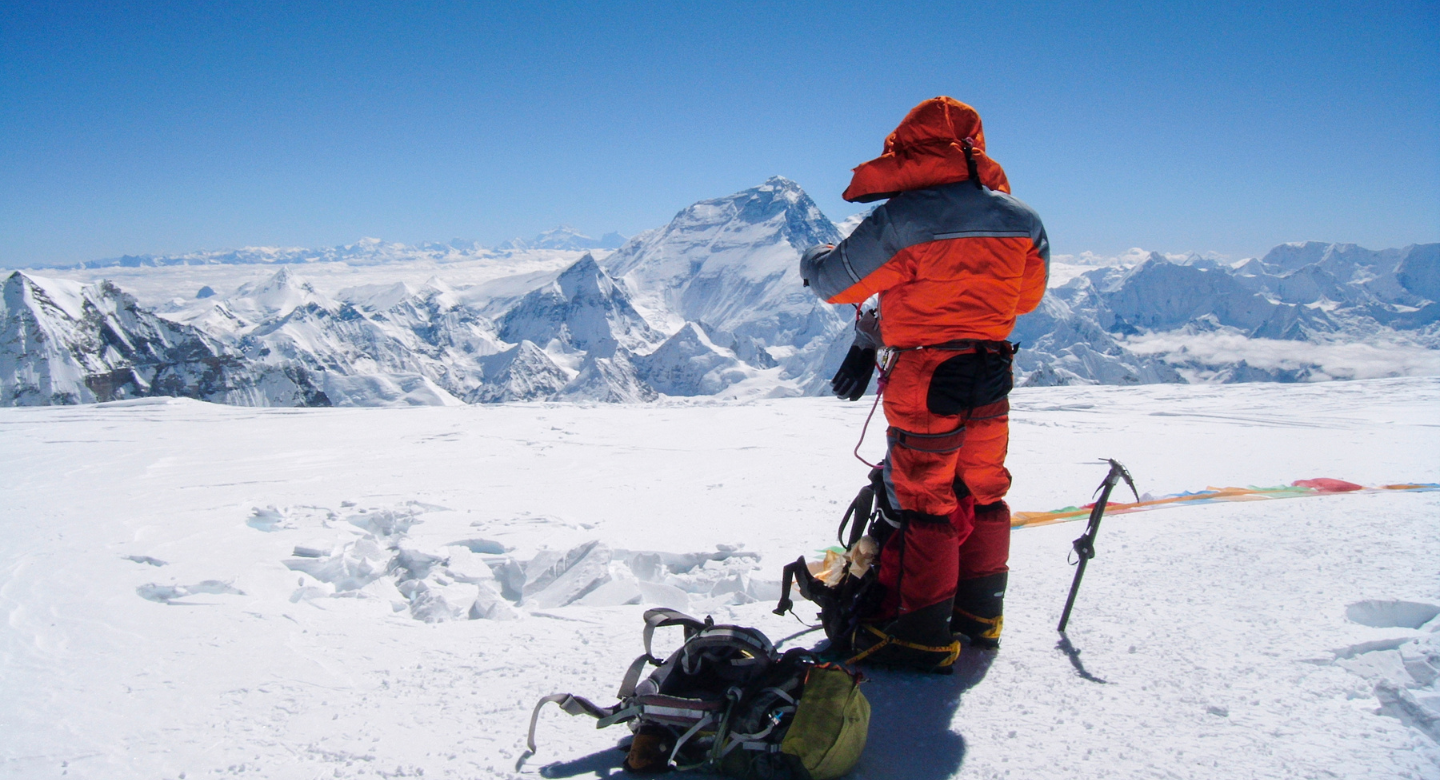
The retreat of the Pindari Glacier in Uttarakhand provides a sobering case study. Once a relatively accessible trekking destination, its terminus has retreated nearly 2.5 kilometers since the 1960s. Trekkers who visited in the 1990s now return to find dramatically different landscapes, with massive ice caves collapsed and familiar landmarks unrecognizable.
Pemba Sherpa, a veteran mountain guide from Nepal, shares: “In my 25 years of leading expeditions, I’ve watched the Khumbu Glacier near Everest Base Camp thin dramatically. Areas where we used to set up camps are now unstable or completely melted out. We constantly have to adjust routes for safety as the ice changes.“
Scientists working with the Snow and Avalanche Study Establishment (SASE) in Himachal Pradesh have documented how the retreat of the Chhota Shigri Glacier has affected local water availability, forcing farming communities to adapt their traditional agricultural practices as stream flow becomes less predictable.
What Happens If We Don’t Act?
The consequences of glacier loss extend far beyond inconvenienced trekkers:

- Water scarcity will intensify across regions dependent on glacier meltwater, potentially affecting billions of people. The Indus River Basin, home to nearly 268 million people across India and Pakistan, derives over 40% of its flow from glacial melt.
- Ecosystem collapse will accelerate as species adapted to glacial environments lose their habitats. The unique biodiversity of high mountain environments includes many species found nowhere else on Earth.
- Increased natural disasters will threaten mountain communities as glacial lakes grow larger and less stable. The UNDP has identified over 200 potentially dangerous glacial lakes in the Himalayas alone.
- Cultural losses will mount as traditional ways of life tied to dependable water sources become untenable. Ancient pilgrim routes to sacred ice caves and peaks may disappear entirely.
- Economic impacts will ripple through mountain regions as glacier tourism declines and agricultural productivity suffers from irregular water availability.
How We Can Help
The scale of glacier protection may seem overwhelming, but meaningful action starts with individual commitment:
- Join or support a clean-up initiative like those organized by the Himalayan Environment Trust or Eco Everest Expeditions.
- Contribute to glacier research through citizen science programs that monitor changes in accessible glacier areas.
- Reduce your carbon footprint in daily life and on trekking adventures through conscious consumption and travel choices.
- Engage with local communities during your treks to understand how glacier changes affect their lives and livelihoods.
- Share your glacier experiences using hashtags like #ProtectOurGlaciers and #GlacierAwareness to build community around conservation.
- Support indigenous-led conservation efforts that integrate traditional ecological knowledge with modern science.
Conclusion About Protecting Glaciers
Glaciers are more than spectacular scenery for our trekking photographs. They are ancient, dynamic systems that sustain life across vast regions of our planet. Their accelerating decline represents one of the most visible and consequential impacts of our changing climate.
As trekkers and nature enthusiasts who directly experience these frozen wonders, we have both the privilege of witnessing their majesty and the responsibility to protect their future. Every sustainable choice we make—from the trails we walk to the policies we support—helps preserve these irreplaceable natural treasures.
In the words of Himalayan conservationist Chandi Prasad Bhatt: “When we protect the glaciers, we’re protecting not just ice, but the lifeblood of our mountains and all who depend on them.”
The next time you stand before a glacier, take a moment to consider its ancient journey and uncertain future. Then ask yourself: what will I do to ensure this frozen giant endures for generations to come?
Explore More :
Climate Change: 5 Facts That Demand Attention
Sustainable Tourism: The Emerging Trend
Frequently Asked Questions About Why Protecting Glaciers Matters More Than Ever
Why are glaciers important to our planet?
Glaciers serve as Earth’s largest freshwater reservoirs, storing about 69% of all freshwater. They regulate global temperatures through their high albedo (reflecting sunlight), sustain river flows during dry seasons, and provide drinking water for millions of people worldwide.
How quickly are glaciers disappearing?
Glaciers are receding at unprecedented rates. According to recent studies, the world’s glaciers lost more than 9 trillion tons of ice between 1961 and 2016, with the rate of loss accelerating in recent decades. Some mountain glaciers have lost over 50% of their mass since the 1980s.
What causes glacier melting?
The primary cause is global warming driven by greenhouse gas emissions. Rising temperatures cause glaciers to melt faster than they can accumulate new snow and ice. Additional factors include black carbon deposits (from pollution) that reduce reflectivity and increase heat absorption.
How does glacier loss affect water security?
Over 1.9 billion people rely on glacier meltwater for drinking, agriculture, and hydropower. As glaciers shrink, communities face increased water scarcity, particularly during dry seasons when glacier meltwater has historically sustained river flows.
What are the ecological impacts of glacier retreat?
Glacier loss disrupts entire ecosystems. It affects alpine and aquatic species adapted to cold environments, changes the timing and volume of stream flows, impacts fish spawning patterns, and can create new lakes that pose flood risks when they suddenly drain.
How do melting glaciers contribute to sea level rise?
Melting land-based glaciers directly contribute to sea level rise. While polar ice sheets (Greenland and Antarctica) represent the largest potential contributors, mountain glaciers have actually been responsible for about 30% of observed sea level rise since the 1990s.
What cultural significance do glaciers hold?
For many indigenous and local communities, glaciers hold deep cultural and spiritual significance. They feature prominently in traditional knowledge systems, creation stories, and place-based identities. Their loss represents not just an environmental but a cultural tragedy.
Are there economic consequences to glacier loss?
Absolutely. Glacier retreat threatens tourism in mountain regions, reduces hydropower generation capacity, impacts agricultural productivity through altered water availability, and increases costs associated with natural disasters like glacier lake outburst floods (GLOFs).
What can be done to protect remaining glaciers?
The most important action is reducing greenhouse gas emissions to limit global warming. Other measures include reducing black carbon emissions (from diesel engines, biomass burning, etc.), establishing protected areas around glaciers, and implementing sustainable water management practices in glacier-fed watersheds.
Why is glacier protection more urgent now than ever before?
We’re approaching critical tipping points in many glacial systems. Once glaciers retreat beyond certain thresholds, their recovery becomes extremely difficult or impossible on human timescales. The accelerating pace of melt, combined with our increasing understanding of glaciers’ vital role in Earth systems, makes protection efforts more urgent than ever before.

